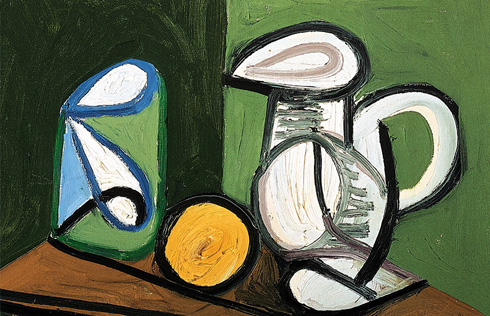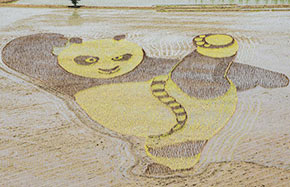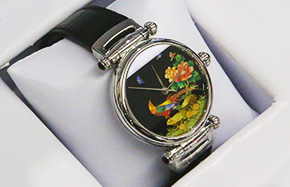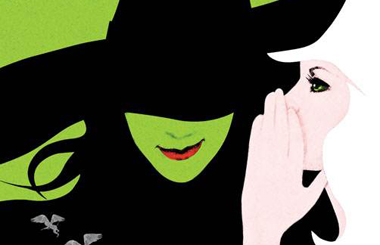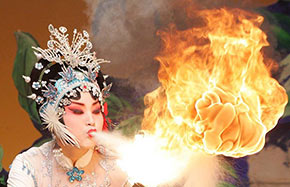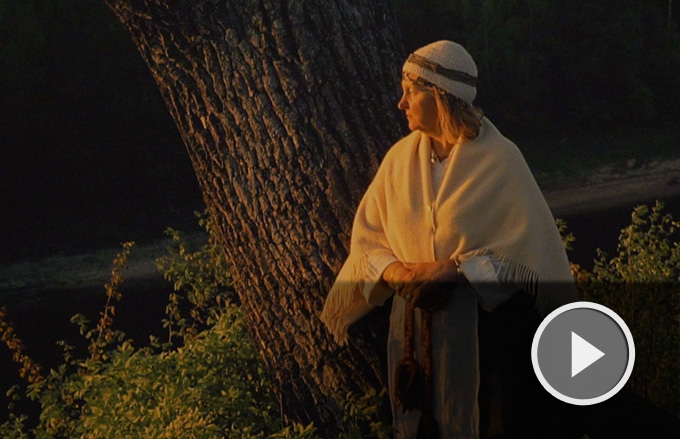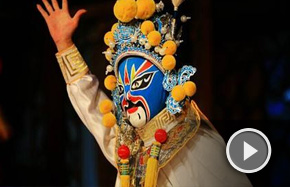Masters of rhyme
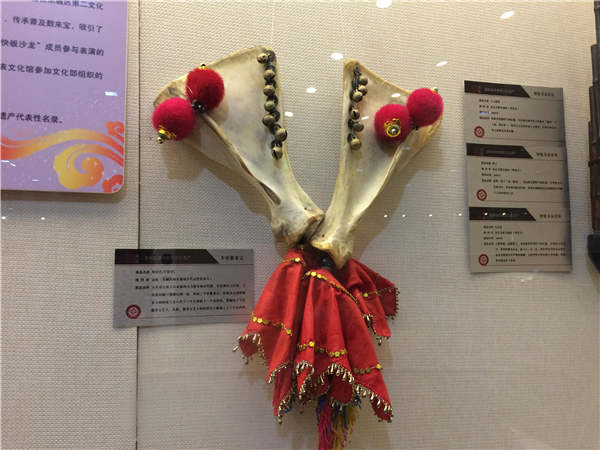 |
|
[Photo provided to China Daily] |
The evolution of China's rhythmic storytellers
Legend has it that construction workers in the Eastern Han Dynasty (25-220) told each other stories in simple verses to keep themselves entertained while working with bricks and tiles.
This rhythmic storytelling kept evolving and acquired the title shulaibao. And the tools that served as the alternative to musical instruments included sorghum stalks, small copper clips, bowls, ox or cow scapulas and bamboo clappers.
The verses rhymed with three plus three characters in the first line and four plus three characters in the next.
The 20th-century artists Hai Feng and Cao Dekui took it further on the road to popularity. Other Chinese artists, such as Gao Fengshan and Wang Fengshan, have contributed to it in more recent times.
The art form was inscribed on the national intangible cultural heritage list in 2014 and has several branches in northern and southern China.
Ox-bone shulaibao is believed to have started before the Ming Dynasty (1368-1644), when people clapped on the shoulder bones of oxen or cows and told tales or jokes in simple verses.




